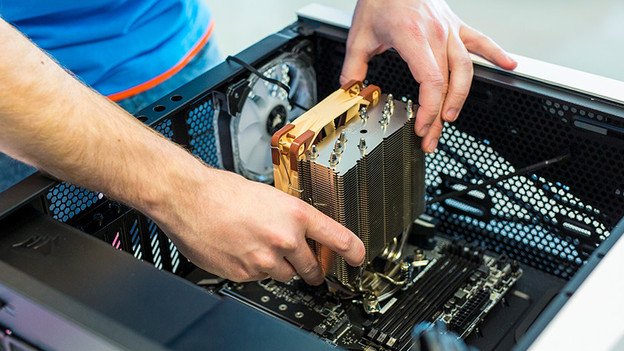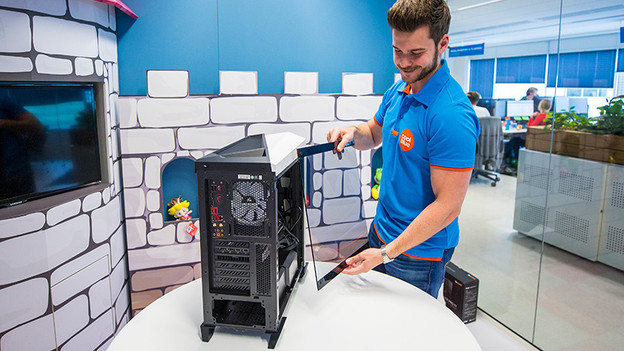
Written by Uhro
Edited on
18 July 2023
·
09:40
What do you have to keep in mind when you choose a processor?
A processor is the driving power behind a PC and it makes sure all components are managed. In the seventies, the first microprocessors were distributed. Intel was the first to market a microprocessor called Intel i4004. Nowadays there are two processor manufacturers, namely Intel and AMD.

1. Which socket do you need?
You have to connect a processor via the designated socket on the motherboard. Because the technology of processors is always changing, new processors (often) have different dimensions. That means it's important to check which socket type your motherboard has. That way, you can purchase the right processor that's suitable for your motherboard. You can determine this based on the brand of the processor and the socket type of the motherboard.
Recent AMD processors use the following sockets: AM1, FM1, FM2, FM2+, AM3, AM3+, and AM4. Intel chooses names based on the number of pins on the processor: 1155, 2011, 2066, and 1151 with current processors.

2. What determines the speed of a processor?
The speed of you PC is mainly determined by the processor. The clock speed of a processor is measured in Gigahertz (GHz). Other than that, the number of processor cores and the temporary memory (cache) determine how fast tasks are being processed by your PC. Processors have multiple cores. Each core functions as an individual processor. The more cores, the better. The temporary memory, also called cache, is the buffer memory of the processor. The higher the cache, the better. If you want to perform heavier tasks on you PC, you'll need a bigger number of GHz, cache and cores.

3. Do you need a separate video card?
Current AMD and Intel processors often have a graphic chip. A graphic chip takes care of the processing of all video processes. A graphic chip on a processor is sufficient if you don't play high-end games, or edit videos. Do you want more power and speed for gaming or video editing? Then a separate video card is a better solution.
4. What else do you need?
A processor alone is no PC yet. Place the processor on a motherboard, the cooler will ensure enough airflow, and the power source (PSU) is necessary to power all parts. Place the components in a casing.

Motherboard
Choose the right socket for your processor, so it fits on the motherboard. You can choose from different dimensions, such as ATX, micro-ATX, and Mini-ITX. The dimension determines how many and what type of components you can use on the motherboard, think about RAM memory, video cards, and hard drives. The dimension also determines the type of casing and the amount of connectors, such as USB, DVI, HDMI and SATA.

Power source
Components can't work without a power source. The wattage determines the amount of components that can be powered at the same time. Components don't have a constant energy consumption, that's why you should keep the maximum usage of all components in mind. Do you have a basic lineup? Then 400 watts is sufficient. With a heavier lineup (a heavy video card and processor) you'll need a minimum of 650 watt.

Processor cooler
Processors usually come with standard coolers. Those are sufficient for standard setups that don't comprise overclocking the processor. Is this something you do want to do, or do you want to be sure you have a cooled processor? In those cases a cooler is recommended. Mind you select the right socket, since is has to match the socket of your processor.

Casing
Did you pick out all components? Use the casing to collect them. Casing ensures a good airflow, so enough heat flows out. Keep the size of the motherboard in mind when choosing the casing, so it all fits together. The casing is determinant for the room you have left to use for other components such as videocards.

Other components
The previously mentioned parts aren't the only you can fit on a motherboard. You can also think about a hard drive or SSD, a sound card for better audio, RAM, PCI-express cards for WiFi, or more connectors, DVD/Bluray burners, and the required cables for all peripherals, and the intern connector to a motherboard.
Article by Uhro
Components Expert.
